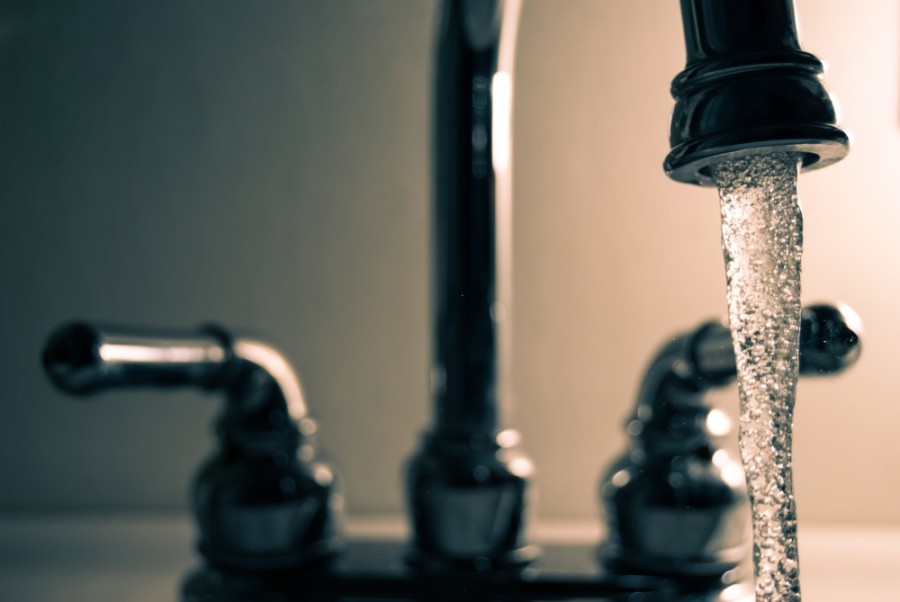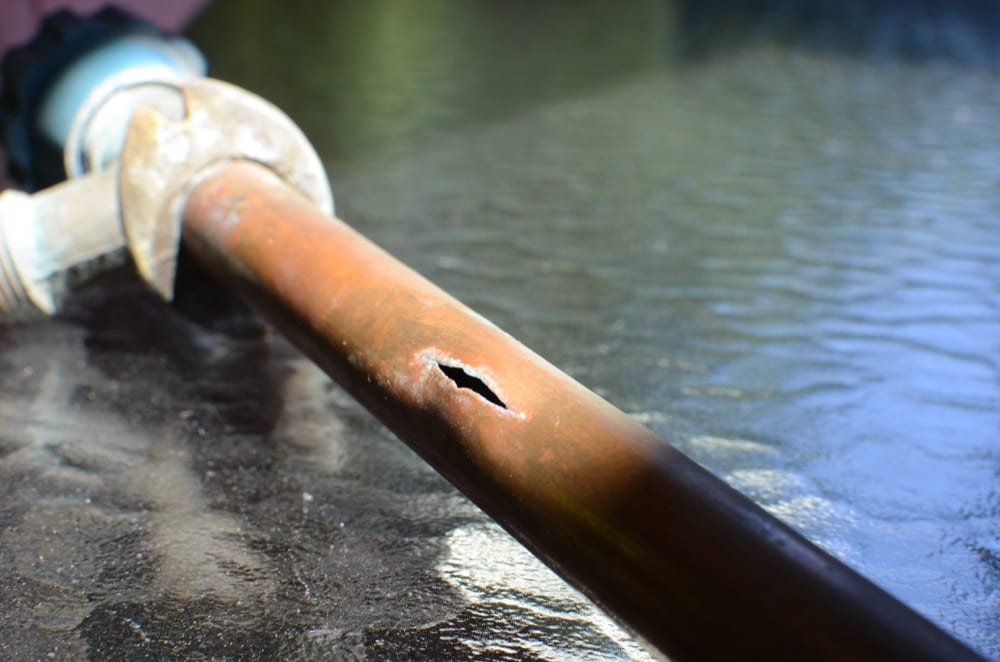Understanding Septic Tank Maintenance: Key Tips
Understanding Septic Tank Maintenance: Key Tips
Blog Article
On this page below you'll find a good deal of good guidance pertaining to What To Do And What Not To Do When Dealing With Water Damage.

What should you do if a water pipe bursts in your house? Do you want a mini-waterfall as well as flooding in an area of your home? You have to act quickly if you find yourself in this situation. The longer you wait, the a lot more extreme the damages that can take place to your building. The presence of mind is key in these events. For these reasons, you need to learn how to act in the event of a burst water pipe. Check out the following pointers listed below to aid you act quickly due to the fact that time is important.
Shut down the Key Waterline Valve
Look for the neighborhood shut-off valve to transform off the water in one particular location only. If you do not understand where the local shut-off valve is, go for the primary water line valve as well as turn it off. Normally, the main shutoff is found outside the house next to the water meter.
Call Water Damage Restoration Pros for Help
After shutting the water source, call the professionals for help. With their professional aid, you can prevent much larger water damages including deformed baseboards, loose floor tiles, or damaged frameworks.
Record the Damages For Insurance
While you're waiting for the pros to show up, get some documentation of the damage caused by the wayward pipeline. Do close-up shots of the harmed valuables and spots.
Recover Points That Can Be Conserved
Take a look at the damaged items and also take out the most vital ones from the pile once you're done taking pictures. Dry them off in a dry/warm area far from the damaged area and also attempt to preserve them as much as you can. Drag as much dampness as you can to the product so it can begin to dry.
Begin the Drying Process
You need to begin the drying process asap. Luckily, the water from your waterlines is currently tidy so you don't have to worry about sewage system water. The moving water might have disrupted the dust and also debris in your carpets and also floorboards. In this case, placed some gloves on and begin some damage control. Use pails to dispose out the water. Blot out as much water as you can from the surface areas with old towels. Switch on an electric follower or open your windows to promote air blood circulation. These steps will certainly speed up to dry and also prevent mold and also mildew development.
Professionals are the only individuals qualified to assess appropriately and deal with the burs pipes and also subsequent damages. As always, pipelines don't simply suddenly burst out of heaven. They typically offer silent warnings like gurgling paint, water stains. Odd noises in the plumbing, caving ceiling, moldy smell, or peeling off wallpaper. Bear in mind of these indicators and do some preventive measures so you can nip any kind of issues in the bud.
What should you do if a water pipe ruptureds in your residence? For these reasons, you need to discover exactly how to act in the occasion of a burst water pipeline. After closing the water resource, call the experts for assistance. With their specialist help, you can avoid a lot bigger water damages consisting of warped baseboards, loose ceramic tiles, or harmed frameworks. Thankfully, the water from your waterlines is already clean so you don't have to fret concerning sewage system water.
BROKEN WATER PIPES: COST TO REPLACE & WAYS TO FIX A PIPE
CAUSES OF A BROKEN WATER PIPE
A water pipe can break for several reasons depending on the environment you live in, type of pipe, and circumstances.
The most common cause of broken pipes is freezing. If you live in a colder climate, this could happen. When water freezes it increases in volume by 9% and the pressure in the pipes can go from 40 psi to 40,000 psi. Clearly, this could be detrimental to the pipes. Water freezing causes quick expansion, which puts stress on the pipes and could lead them to crack or weaken. When water thaws, it will leak out the cracks. Other changes in water pressure can also cause breakage. Another common cause of broken water pipes is age.
Depending on the material, water pipes can last anywhere from 70-100 years. But the older they get, the more susceptible they are to weakening and corroding. Older pipes coming into contact with another material could speed up the corrosion process as well. PVC pipes can become brittle with age, while copper is prone to corrosion and stress over time. Something that could also potentially break water pipes is when they move. They may move from construction or the house settling. Moving can stress the fixed pipe which may lead to a leak or burst pipe.
HOW MUCH WATER COULD LEAK INTO YOUR HOUSE FROM A BROKEN PIPE?
The amount of water that leaks depend on how big the break in a pipe is. If it is just a minor crack, water will slowly leak out. This isn’t as serious as a full broken pipe, but it can still cause significant damage to your home. Burst pipes can leak up to 10 gallons of water per minute. The amount of water leaked also depends on what appliance is involved. The water line to your refrigerator can leak ½ to 1 gallon per minute depending on water pressure. One toilet supply line may leak 2-3 gallons a minute and a washing machine hose will leak up to 10-12 gallons per minute.
TURN THE WATER OFF
Doing this first is imperative; everything else can wait. You need to deactivate the water supply to stop the flow of water and prevent more water from leaking into your home. Shutting off the water could potentially save you thousands in water damage repairs. Locating the water shutoff valve depends on the climate you live in. For colder climates, the valves are usually inside, such as in the basement. For houses in milder weather, the shutoff valves will probably be outside—either attached to an exterior wall or in an underground box with a removable lid.
OPEN A FAUCET
The next thing to do is to open a faucet or turn on a sink. This will relieve any remaining water pressure in the pipes and ensure a full-shut down.
GET RID OF THE WATER
The quicker you get rid of the water, the less water damage and mold there could be. Use a mop and a shop vacuum to help get clean up the water. Use towels to dry everything the best you can.
CUT AND REMOVE THE DAMAGED PIPE
Once you have shut off the water and drained the damaged water pipe, you can begin to fix the issue. Cut out the damaged section of the pipe with a pipe cutter, ensuring that you also cut one inch extra on each side of the damage. Once you get rid of the broken part of the pipe, you may begin repairs.
https://www.wmhendersoninc.com/blog/broken-water-pipes-cost-to-replace-ways-to-fix-a-pipe/

We hope you enjoyed our excerpt about Rules For Handling Water Damage. Thank you for taking the time to read our blog post. Appreciated our blog posting? Please share it. Let other people discover it. We treasure reading our article about Rules For Handling Water Damage.
Report this page